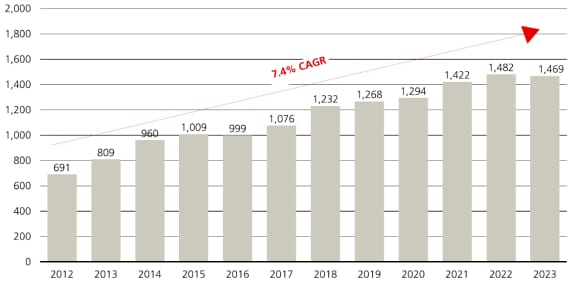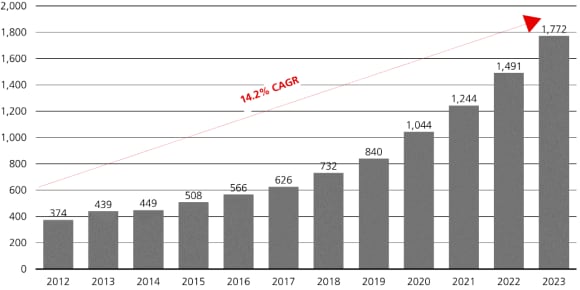Private credit: Everything old is new again
How do credit markets diversify and potentially smooth out returns in a portfolio? John Popp and Chris Kempton from UBS Credit Investments Group (CIG) discuss the latest market developments, opportunities, and more.







